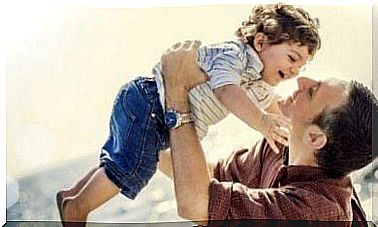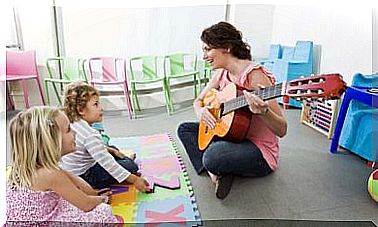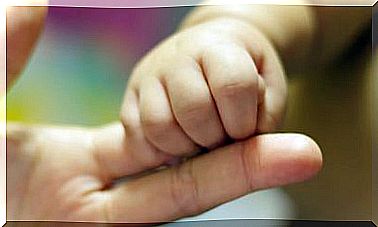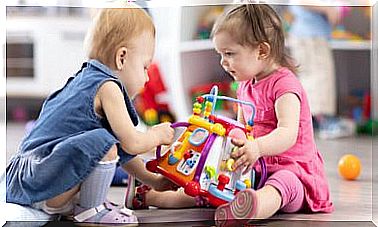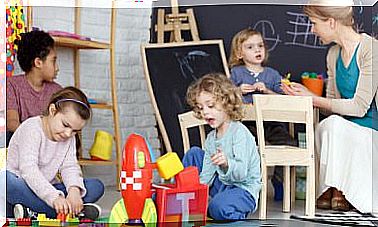The Naughty Of The House: Curious Children
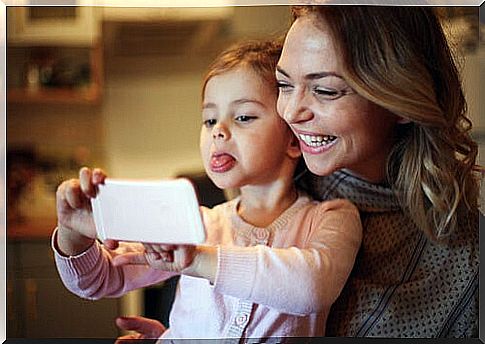
The mischievous of the house. Do they sound familiar to you? If so, we want to ask you: do we really understand what is behind these restless, “touch it all” and defiant children?
The answer may be simpler than we think: behind this very active behavior there is a creature full of life who only yearns to discover the world. Not all children are the same. Although there are very calm and thoughtful children, there are also restless, curious, daring children.
Delving into the hidden psychology of naughty people will be very useful. Everything is a matter of getting to it.
Our patience put to the test
Children often change their behavior quite a bit by the time they are two years old. The so-called “terrible 2 years” show a phase of development, in which children already manifest clear desires for independence along with great curiosity.
This eagerness to be an explorer, tightrope walker and lover of risk is nothing more than a way of getting around the world. It is common for the “I don’t want to” or “I don’t want to” phase appear during this stage.
We must set limits and prevent the wicked in the house from crossing the line of absolute disobedience. If we learn to redirect his innate curiosity and help him exploit it so that it is favorable, we will be able to better educate our children.
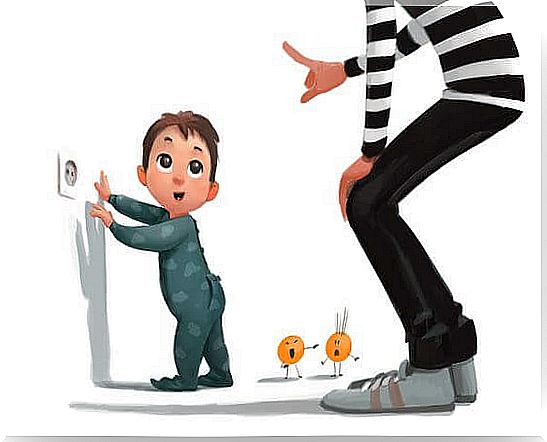
The naughty and the control of their impulses
Have you ever told your child that “Don’t throw that away!” Thing, and when you turn around he throws it away anyway? In these types of situations, as long as your child is less than 4 years old, you should know that it is normal. Why? Because the brain regions involved in self-control are still immature at this stage. In fact, they do not usually fully mature until the end of adolescence.
However – and this we cannot forget – even if the mischievous still do not have full control over their reactions, it does not mean, far from it, that we let them do whatever they want. Limits, affective communication and clear rules will gradually guide better behavior.
Beware of overstimulating them!
Kim John Payne, author of the well-known book Parenting with simplicity explains that our current rhythm of life causes our children to accumulate the same level of stress as an adult.
Often times, what naughty children claim is simply our attention and our time. Both they and we need “downtime”, boredom, quiet and calm moments that allow us to reflect.
Often we are the ones who overstimulate them too much, believing that the more activities we put them in, the better they will be in the future. In this sense, what must be understood is that exhausting the child, keeping him busy, will not solve his “problem” but, on the contrary, will only make him bigger.
What do naughty people need?
First of all, naughty children need to be allowed to explore the world. Touch, feel, experiment, find out the mechanics of things. When naughty people are able to satisfy their curiosity, new neural connections are established in their brain, which means new learning.
The stimuli around him are key in his development, as in the case of any other human being.

Rather than denying them to move around and keeping them still, ordering them things like: “stay seated in the chair and don’t move all afternoon” are harmful to both them and us. It restricts them and we are stressed by having to impose toughness.
What we must do with the mischievous is to provide them with safe environments, give them new learning opportunities and never cut their wings, their curiosity. If we really want them to be better people – even than us – tomorrow, we must understand that what these children need are balanced doses of guided activity.
That is, it is necessary to accompany, guide and guide them so that when they carry out an activity -or not- they do not get out of control.
Learning to be independent
It may be hard for us to admit it, it may even hurt to realize it. However, when our children are between 3 and 5 years old, they already enter another stage in which they stop needing us with the same intensity as when they were babies. They are getting older without us noticing!
Now, your needs are different. And while they love you holding your hand and sleeping on your lap in the afternoons, they want to do things for themselves as well. This is bad? No, on the contrary. This is a beneficial attitude because it means that they are learning to be independent.
As Erik Erikson explained to us at the time, children of these ages need to take initiative in many aspects of their daily lives. Allowing children to have their space, as well as having certain responsibilities – always under our supervision – will undoubtedly facilitate their psychosocial development and this will lead them on the right track.
Remember that by avoiding the use of negative labels and changing your vision, you will realize that, in reality, they are tenacious, curious, colorful and wonderful children.


